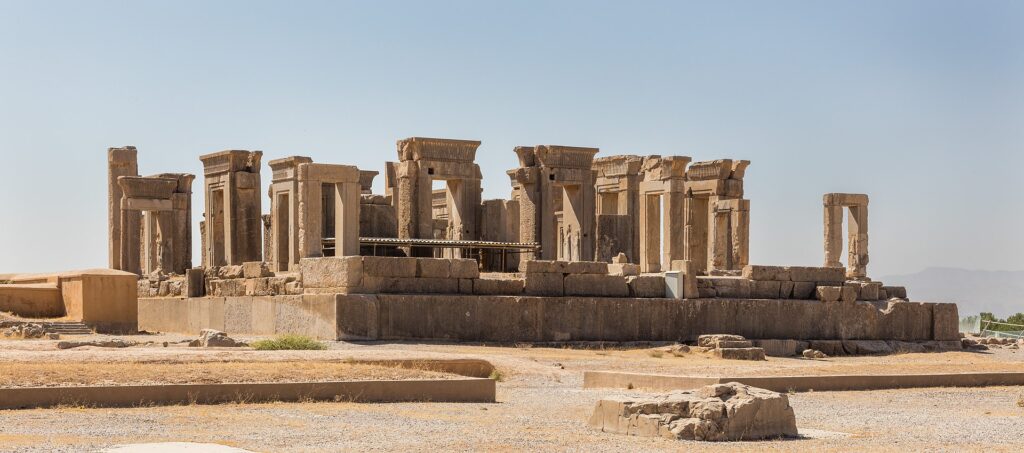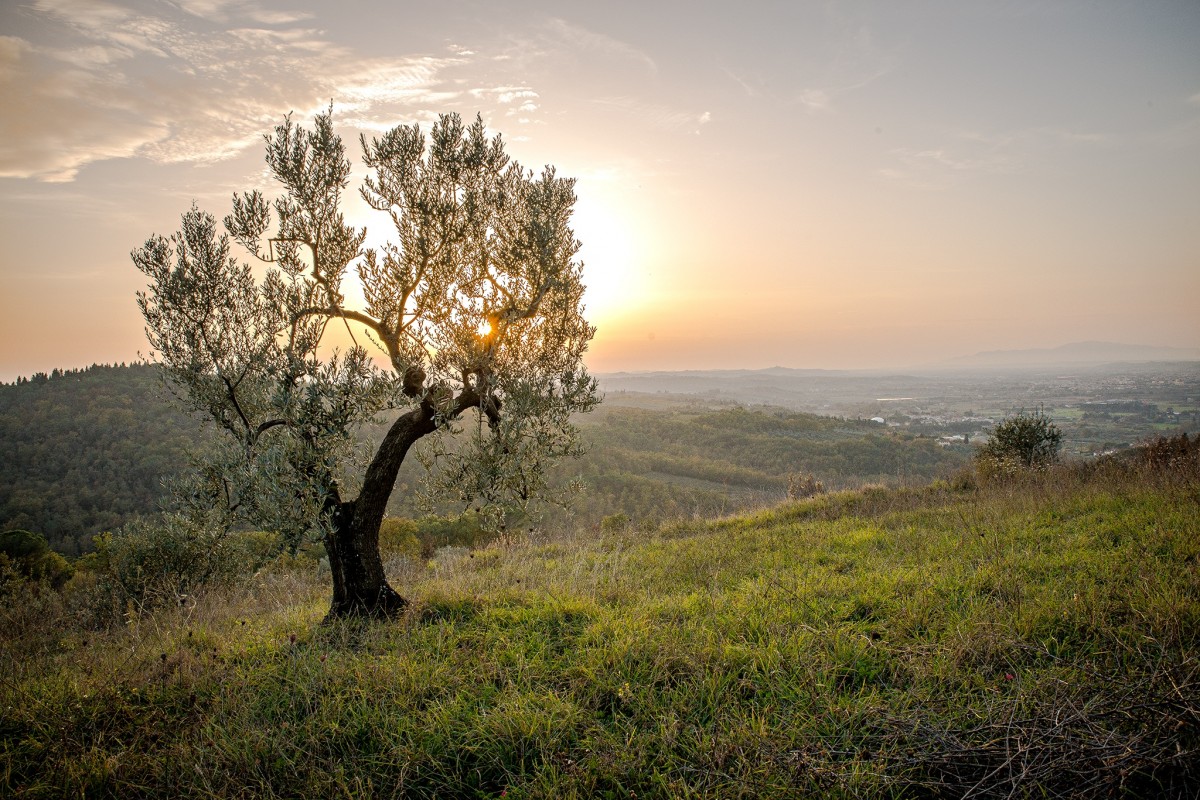Material Remains
Archaeology methods help us recover the material remains of the past relating to our history’s of ancient, mediaeval, and modern periods. Archaeology is used in India and many other countries to study prehistory and ancient history. The period for which there are no written sources is concerned with prehistory, and history is essentially based on written material.
In several ways, prehistoric sites differ from historical sites.They are generally not in the form of prominent remains of habitation, but primarily fossils of human, plant, and animal. They are found on the hillsides of the plateaus and the mountains, and on the banks of nearby rivers with terraces, and they are composed of sundry fauna and flora.More pertinently, at these sites, numerous stone tools from the Stone Age have been found. The remains of pre-ice-age instruments, plants, animals, and humans indicate the climatic conditions that prevailed at the time.
Though writing was identified in India in the Indus culture by the middle of the third millennium BC, it has not been deciphered so far. Thus, while the Harappans knew how to write, the proto-historical phase is put in their culture. The same is the case with cultures of the Chalcolithic or copper-Stone Age that had no writing.
With the Ashokan inscriptions providing solid evidence for historical reconstruction from that time, decipherable writing was only known in India in the third century Bc. However, archaeology remains a very important source for historians, despite the critical use of Vedic and post-Vedic literary sources for history in pre-Ashokan times.
The ancient Indians left countless traces of material. To remind us of the great building activities of the past, the stone temples in South India and the brick monasteries in East India are still standing. The majority of these remains, however, lie buried in mounds spread all over India. (A mound is a raised portion of land that occupies the traces of old residences.) They may be of various kinds: single-culture, major-culture, multi-culture.
Single-culture mounds represent only one entire culture. Some mounds represent only the culture of the Painted Grey Ware (PGW), others the culture of Satavahana, and yet others that of the Kushans. One culture is dominant in major-culture mounds, and the others are of secondary significance. Multi-culture mounds in sequence reflect many major cultures that sometimes overlap with each other. An excavated mound can be used to explain successive layers of material and other facets of a culture, as is the case with the Ramayana and Mahabharata.
It is possible to excavate a mound vertically or horizontally. Vertical excavation involves digging lengthwise to reveal the series of cultures in the period; it is normally limited to a portion of the site. Horizontal drilling involves digging the mound as a whole or a large portion of it.
The method can allow the excavator in a specific time to obtain a full idea of the culture of the site. Since most sites have been dug vertically, they provide a strong sequence of material culture in chronology. Horizontal diggings, being very costly, are very few in number, with the consequence that in many phases of ancient Indian history the excavations do not give us a complete or even sufficient image of material life.

The ancient ruins have been found in various proportion, including in certain mounds that were excavated. Antiques are found in a better state of preservation in the dry arid climate of western UP, Rajasthan, and north-western India, but even iron tools have undergone corrosion in the wet and humid climate of the mid-Gangetic plains and in the deltaic areas, and mud structures are difficult to detect. Well preserved are only the burned brick structures or stone structures of the Gangetic plains.
The villages that people founded in Baluchistan around 6000 BC have been brought to light by excavations. They also tell us about the material culture that in the second millennium BC was established in the Gangetic plains. They demonstrate the architecture of the villages in which people lived, the kinds of pottery they used, the kind of house they lived in, the kinds of cereals they cooked, and the kinds of instruments and equipment they used.
Some people in South India, along with the dead, buried their instruments, weapons, pottery, and other belongings in graves, and they were surrounded by large pieces of stone. Although certain megaliths do not fall under this group, these objects are considered megaliths. By digging them, we hear about the life that people from the Iron Age onward led in the Deccan. Archaeology is the science that allows one to systematically dig the successive layers of old mounds, and to form an understanding of people’s material existence.
By different methods, their dates are set. Radiocarbon dating is the most relevant of them. A radioactive carbon (isotope) that is found in all living things is radiocarbon or Carbon 14 (C14). It decays at a consistent rate, as do all radioactive material. The mechanism of decay of C14 is neutralised by absorption of C14 by air and food while an object is alive.
However, the C14 content begins to degrade at a uniform rate when an object ceases to be alive, but ceases to absorb C14 from air and food. Its age can be determined by calculating the loss of C14 content in an ancient material. This is because the decay of C14 takes place at a uniform rate, as described earlier. It is understood that C14’s half-life is 5568 years.
The radioactive material’s half-life is characterised as the time during which half of the radioactive substance in the object disappears. Thus, in an object that stopped living 5568 years ago, the C14 content would be half of what it was when it was living, and in an object that stopped living 11,136 years ago, its C14 content would be one-fourth of what it was when it was living. But by this process, no antiquity older than 70,000 years can be dated.
The history of climate and vegetation is understood by the study of plant residues and, in particular, by the analysis of pollen. On this basis, it is proposed that agriculture was practised between 7000-6000 BC in Rajasthan and Kashmir. The origin and components of metal objects are scientifically studied, and the mines from which the metals were collected are then located and the phases of metal scientific discipline are established. An inspection of animal bones indicates whether the animals have been domesticated and also shows the uses they have been used for.
We might add that archaeology offers a kind of archive of soil containing different remains of material. However, it is important to get an understanding of the history of the soil, rocks, etc. for a complete analysis of prehistory extending roughly up to 3000 BC or so. Geological studies include that. Additionally, the world of plants and animals continues to evolve, though at a slow pace.
Biological studies have their context. human history can not be understood Without an understanding of the continuing interaction between soil, plants, and animals, on the one hand, and humans, on the other. Geological and biological advances help us not only to understand prehistory, but also to understand history. Geological and biological research, taken together with geological remains, serve as significant sources for the study of over 98 percent of the overall time scale of history, beginning with the earth’s origin.

